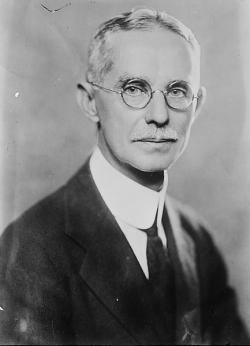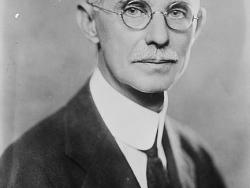When Georgia chemist Charles Holmes Herty found a way to make quality paper from pine trees in 1932, he also founded an industry that brought much-needed jobs to the depression-crippled south. Paper producers had deemed the plentiful pine too gummy—until Herty's Savannah Pulp and Paper Laboratory wrote a new chapter in the ancient craft inspired by insects who built paper nests while dinosaurs roamed the earth. At its root, however, the papermaking process remained the same: the bonding of cellulose, a polymer whose long chains support plant cell walls.
Herty, Charles Holmes

YearAdded:
Image Credit: Courtesy U.S. Library of Congress. Image Caption: Portrait of Charles Holmes Herty in 1925.
2001
Innovations

When Georgia chemist Charles Holmes Herty found a way to make quality paper from pine trees in 1932, he also founded an industry that brought much-needed jobs to the depression-crippled south. Paper producers had deemed the plentiful pine too gummy—until Herty's Savannah Pulp and Paper…
Read More

